- HIV Medicines
- Weight Loss
- Naltrexone
- Anti Emetic
- Neuropathic Pain
- Mens Health
- Hair Loss
- Pain Relief
- HCG Injections
- Quit Smoking
- Pharmaceutical Vaccine
- Best Selling Products
- Anti Viral
- Bimatoprost
- Antibiotics
- Women's Health
- Cetaphil
- Botulinum
- Diabetes
- Human Albumin
- Anti Malarial
- Dermal fillers
- Chemical Peels
- Nephrology Segment
- Kidney / Liver Care
- Anti Cancer
- Altus Product's
- Pharmaceutical Products
- Anti Fungal
- Hepatitis
- Beauty & Skin Care
- Asthma
- Modafinil
- Urology Segment
- Thyroid Care
- Armodafinil
- Anti-Cancer
- Armodafinil
- Bimatoprost
- Botulinum
- Dermal Fillers
- Hepatitis
- Mens-health
- Modafinil
- Naltrexone
- ANTI EMETIC
- Altus Product’s
- Anti Fungal
- Anti Malarial
- Anti Viral
- Antibiotics
- Asthma
- Beauty & Skin Care
- Cetaphil
- Chemical Peels
- Diabetes
- Hair Loss
- HCG Injections
- HIV Medicines
- Human Albumin
- Kidney / Liver Care
- Neuropathic Pain
- Pain Relief
- Pharmaceutical Products
- Pharmaceutical Vaccine
- Quit Smoking
- Thyroid Care
- Weight Loss
- Women’s Health
- HIV Medicines
- Weight Loss
- Naltrexone
- Anti Emetic
- Neuropathic Pain
- Mens Health
- Hair Loss
- Pain Relief
- HCG Injections
- Quit Smoking
- Pharmaceutical Vaccine
- Best Selling Products
- Anti Viral
- Bimatoprost
- Antibiotics
- Women's Health
- Cetaphil
- Botulinum
- Diabetes
- Human Albumin
- Anti Malarial
- Dermal fillers
- Chemical Peels
- Nephrology Segment
- Kidney / Liver Care
- Anti Cancer
- Altus Product's
- Pharmaceutical Products
- Anti Fungal
- Hepatitis
- Beauty & Skin Care
- Asthma
- Modafinil
- Urology Segment
- Thyroid Care
- Armodafinil
No products in the cart.
Return To Shop$50.00 – $135.90Price range: $50.00 through $135.90
Glypride 4 Tablet (Glimepiride 4mg)
Glypride 4 Tablet belongs to a group of medicines called sulfonylureas and is used to treat type 2 diabetes mellitus in adults. It helps control blood sugar levels in people with diabetes thereby preventing serious complications of diabetes such as kidney damage and blindness.
Have questions?
Call : +91 9002 1002 33
Glypride 4 Tablet (Glimepiride 4mg)
| COUNTRY OF ORIGIN | India |
|---|---|
| DOSAGE FORM | Tablets |
| EQUIVALENT BRAND | Amaryl |
| GENERIC NAME | Glimepiride |
| INDICATION | Type 2 diabetes |
| MANUFACTURER | Sun Pharmaceutical Industries Ltd |
| PACKAGING | 10 tablets in 1 strip |
| COMPOSITION | Glimepiride (4mg) |
| PACK SIZE | 100 Tablet/s, 200 Tablet/s, 300 Tablet/s, 400 Tablet/s |
PRODUCT INTRODUCTION
Glypride 4 Tablet belongs to a group of medicines called sulfonylureas and is used to treat type 2 diabetes mellitus in adults. It helps control blood sugar levels in people with diabetes thereby preventing serious complications of diabetes such as kidney damage and blindness.
Glypride 4 Tablet may be used alone or along with other medicines. It should be taken just before or with the first meal of the day. Take it regularly at the same time each day to get the maximum benefit. Your doctor will decide what dose is best for you and this may change from time to time according to your blood sugar levels.
Keep taking this medicine, even if you feel well or your blood sugar levels are controlled. If you stop it without consulting your doctor, your blood sugar levels could rise to put you at risk of diabetes complications such as kidney damage, blindness, nerve problems, and loss of limbs. Remember that it is only part of a treatment program that should also include a healthy diet, regular exercise, and weight reduction as advised by your doctor. Your lifestyle plays a big part in controlling diabetes.
The most common side effects of taking this medicine include low blood sugar levels (hypoglycemia), nausea, headache, and dizziness. Make sure you recognize the signs of having low blood sugar levels, such as sweating, dizziness, headache, and shaking, and know how to deal with them. To prevent this, it is important to have regular meals and always carry a fast-acting source of glucose such as sugary food or fruit juice with you. Drinking alcohol can also increase your risk of low blood sugar levels and hence should be avoided. Some people may experience an increase in weight with this medicine.
You should not take it if you have type 1 diabetes mellitus, diabetic ketoacidosis (high levels of acid in your blood), or if you have severe kidney or liver disease. Before taking this medicine, tell your doctor if you have ever had heart disease, thyroid disease, or some hormonal conditions, as it may not be suitable. Pregnant or breastfeeding women should also consult their doctor before taking it. Your blood sugar levels should be checked regularly and your doctor may also advise blood tests to monitor your blood cell counts and liver function.
Glimepiride 4mg: Tailoring Glucose Regulation in Type 2 Diabetes
At the heart of type 2 diabetes management, Glimepiride 4mg serves as a tailored solution for individuals requiring precise glycemic control. As a sulfonylurea medication, Glimepiride stimulates the pancreas to release insulin, facilitating glucose uptake by cells. The 4mg strength embodies a strategic balance, offering sufficient potency to address elevated blood sugar levels while minimizing the risk of hypoglycemia. This dosage is often prescribed to those initiating antidiabetic therapy or individuals needing a nuanced adjustment to their treatment plan. Collaborative efforts between patients and healthcare providers, including regular monitoring and lifestyle modifications, are integral to optimizing the therapeutic benefits of Glimepiride 4mg.
Navigating Glimepiride 4mg: Precision in Diabetes Care
In the intricate landscape of diabetes care, Glimepiride 4mg emerges as a beacon of precision, finely tuning the orchestration of blood sugar levels. This dosage reflects a careful consideration of the delicate balance between therapeutic efficacy and safety. Glimepiride’s mechanism of action, enhancing insulin secretion, aligns with the nuanced needs of patients whose beta cells retain some functionality. Healthcare providers may prescribe Glimepiride 4mg as part of an individualized treatment strategy, recognizing its role in promoting glycemic stability without undue risk. Regular communication, adherence to prescribed dosages, and lifestyle adjustments are pivotal components of navigating the intricacies of type 2 diabetes management with the precision offered by Glimepiride 4mg.
“Navigating the Glimepiride Landscape: Clinician Insights”
This section provides valuable insights from clinicians who navigate the complex landscape of Glimepiride use in their practice. By sharing practical experiences and lessons learned, these insights offer a real-world perspective that can benefit both healthcare professionals and patients.
“Unlocking the Potential of Glimepiride in Diabetes Therapy”
Delving into the therapeutic potential of Glimepiride, this section explores how the drug can unlock improved outcomes in diabetes therapy. By understanding its mechanisms and benefits, healthcare professionals can harness the full potential of Glimepiride in enhancing patients’ lives.
Navigating Novelties: Drug for Diabetes Mellitus Type 2 Discovery
Navigating through novel approaches in Diabetes Mellitus Type 2 care, this examination explores how the drug adapts to and introduces innovations, ensuring that individuals benefit from the latest discoveries.
Signs and Symptoms of Type 2 Diabetes Mellitus: Identifying Subtle Diabetes Warnings
Focus on identifying subtle warnings associated with Type 2 Diabetes Mellitus. Explore the nuances of recognizing these subtle signs for early detection and effective management of diabetes.
Personalized Blood Glucose Targets in Treatment of Type 2 Diabetes Mellitus
Emphasizing individualized approaches, this section explores the concept of personalized blood glucose targets in the treatment of Type 2 Diabetes Mellitus. By tailoring glycemic goals to individual patient characteristics, healthcare providers can optimize diabetes management and reduce the risk of complications.
“Meds for Diabetes Mellitus Type 2: Comprehensive Medication Choices for Improved Living”
Consider this guide as a comprehensive resource for exploring medication choices that lead to improved living with Type 2 Diabetes. It covers a range of medications, their benefits, and considerations, providing a holistic perspective to empower individuals in achieving enhanced well-being through effective medication use.
Medications for Diabetes Mellitus Type 2: Medication Cycling for Tolerance Management
– Cycling medications may be a strategy for managing tolerance. This blog will discuss the concept of medication cycling, exploring how individuals with type 2 diabetes can strategically cycle through different medications to maintain effectiveness and minimize tolerance issues.
DM Type 2 Medications: Navigating Medication Strategies for Better Health
Explore effective strategies for navigating through medication options with the goal of achieving better health for individuals managing Type 2 Diabetes. Understand how these strategies contribute to overall health improvement.
Diabetes Mellitus Medications: Medication Essentials for Improved Diabetes Care
Discover essential medications crucial for enhancing diabetes care. This guide focuses on medications that play a fundamental role in managing diabetes effectively, ensuring individuals have the necessary tools for comprehensive diabetes care.
USES OF GLYPRIDE TABLET
- Treatment of Type 2 diabetes mellitus
BENEFITS OF GLYPRIDE TABLET
In Treatment of Type 2 diabetes mellitus
Glypride 4 Tablet increases the amount of insulin your body produces (in the pancreas). The insulin then works to lower your blood glucose level. It is usually taken once a day. You should keep taking it for as long as it is prescribed.
Lowering blood glucose levels is an essential part of managing diabetes. If you can control the level you will reduce the risk of getting any of the serious complications of diabetes such as kidney damage, eye damage, nerve problems, and loss of limbs. Taking this medicine regularly along with proper diet and exercise will help you live a normal, healthy life.
SIDE EFFECTS OF GLYPRIDE TABLET
Common side effects of Glypride
- Hypoglycemia (low blood glucose level)
- Headache
- Nausea
- Dizziness
HOW TO USE GLYPRIDE TABLET
HOW GLYPRIDE TABLET WORKS
SAFETY ADVICE

Alcohol

Pregnancy

Breast feeding
Monitoring of the breastfed infant’s blood glucose is advisable during maternal therapy with Glypride 4 Tablet

Driving

Kidney
Use of Glypride-4 Tablet is not recommended in patients with severe kidney disease. These patients can experience very low blood sugar levels which may become normal after a long time.

Liver
However, the use of Glypride 4 Tablet is not recommended in patients with severe liver disease. These patients can experience very low blood sugar levels which may become normal after a long time.
WHAT IF YOU FORGET TO TAKE GLYPRIDE TABLET?
| Pack Size | 100 Tablet/s, 200 Tablet/s, 300 Tablet/s, 400 Tablet/s |
|---|
3 reviews for Glypride 4 Tablet (Glimepiride 4mg)
Related products
Sofocruz LP Tablet | Ledipasvir | Sofosbuvir 400mg
From: $192.31Cimivir-L Tablet | Ledipasvir | Sofosbuvir
From: $243.59Viroclear 400mg Tablet | Sofosbuvir 400mg
From: $256.41Resof 400mg Tablet | Sofosbuvir 400mg
From: $179.49Cytosar Injection (Cytarabine)
From: $57.14Sofovir 400mg Tablet | Sofosbuvir 400mg
From: $102.56Glioz 100mg Capsule Temozolomide
From: $148.57People also bought
-

Benoquin 40 Cream | Monobenzone 40%
From: $154.77 -
 From: $38.38
From: $38.38 -
 From: $40.05
From: $40.05 -

Aziderm 10% Cream 15gm | Azelaic Acid 10%
From: $39.26
Our Services
Shipping
Shipping at Discounted Price
Money Returns
Return Within 30 Days
Secure Payment
Safe & Secure Payment
Support 24/7
Contact 24 Hours Day
From: $15.38


From: $50.58
- Anti-Cancer
- Armodafinil
- Bimatoprost
- Botulinum
- Dermal Fillers
- Hepatitis
- Mens-health
- Modafinil
- Naltrexone
- ANTI EMETIC
- Altus Product’s
- Anti Fungal
- Anti Malarial
- Anti Viral
- Antibiotics
- Asthma
- Beauty & Skin Care
- Cetaphil
- Chemical Peels
- Diabetes
- Hair Loss
- HCG Injections
- HIV Medicines
- Human Albumin
- Kidney / Liver Care
- Neuropathic Pain
- Pain Relief
- Pharmaceutical Products
- Pharmaceutical Vaccine
- Quit Smoking
- Thyroid Care
- Weight Loss
- Women’s Health

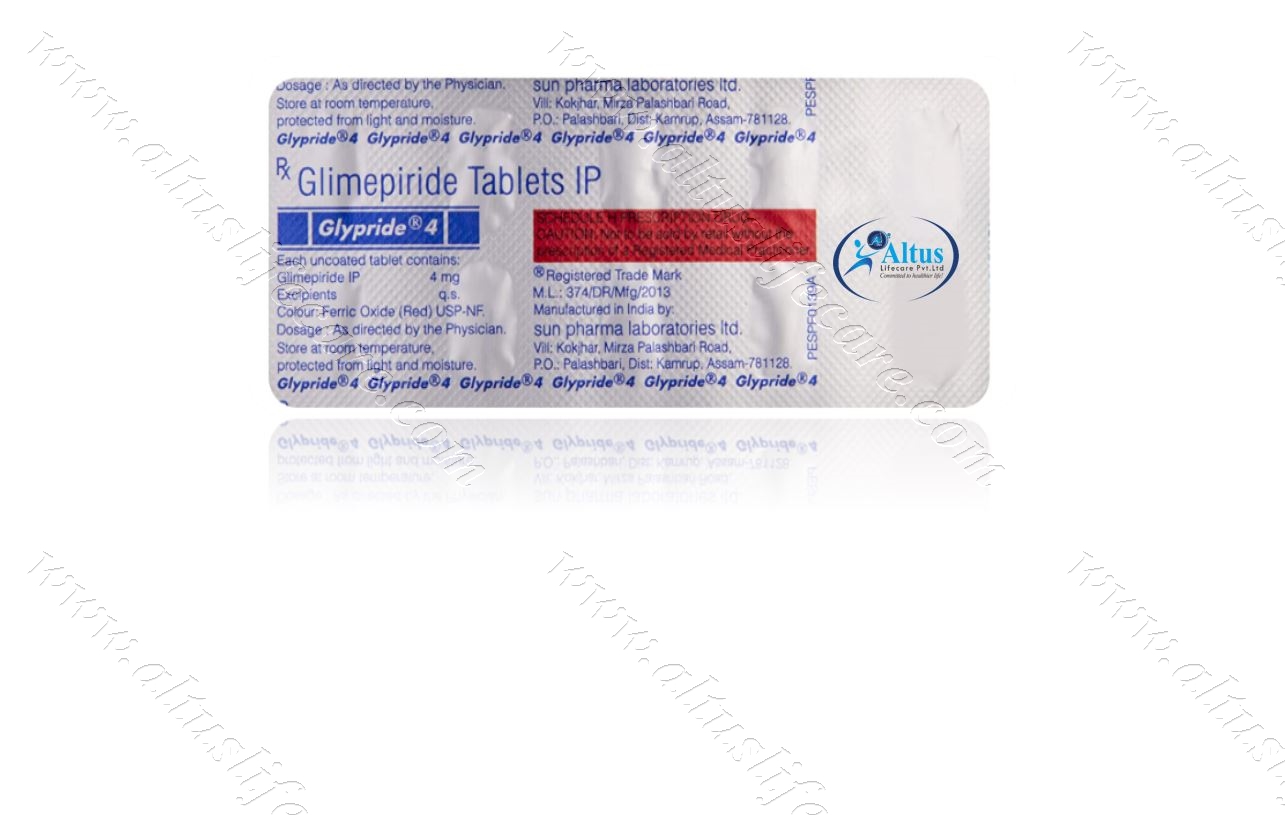

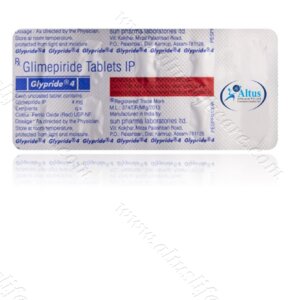

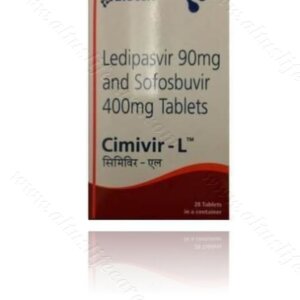


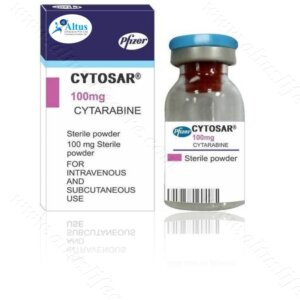

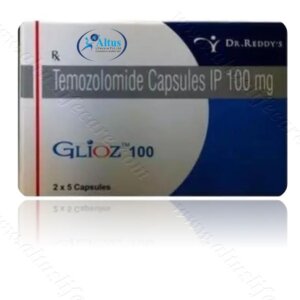


Serena (verified owner) –
I’ve embraced the concept of “gratitude walks,” incorporating short walks into my routine as an opportunity to reflect on and appreciate the positive aspects of my life.
Jaylene (verified owner) –
“The product quality is fantastic! It arrived securely packaged, and the attention to detail was evident.”
Aila (verified owner) –
“Five stars for both the fantastic product quality and swift shipping!”